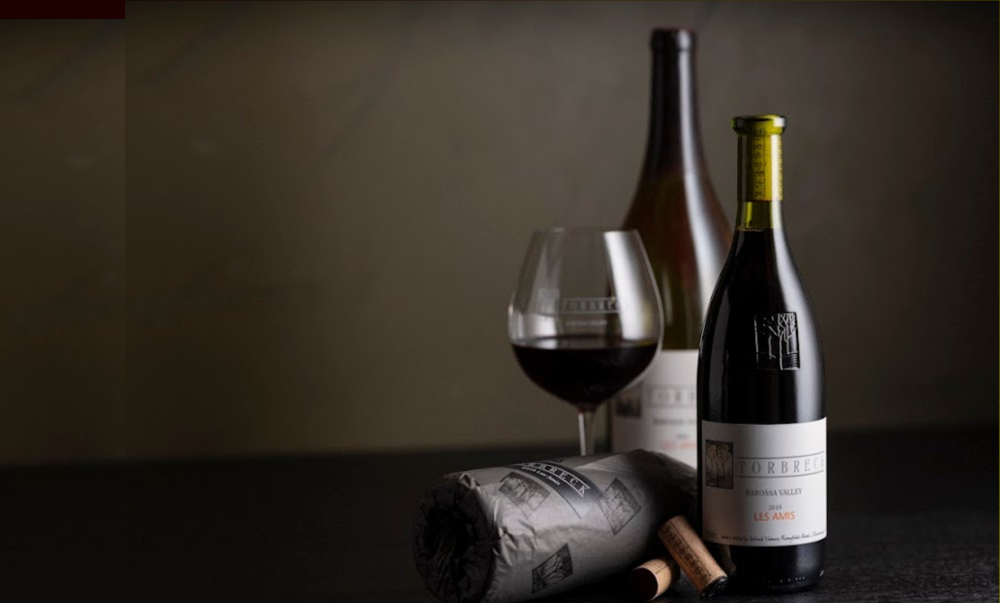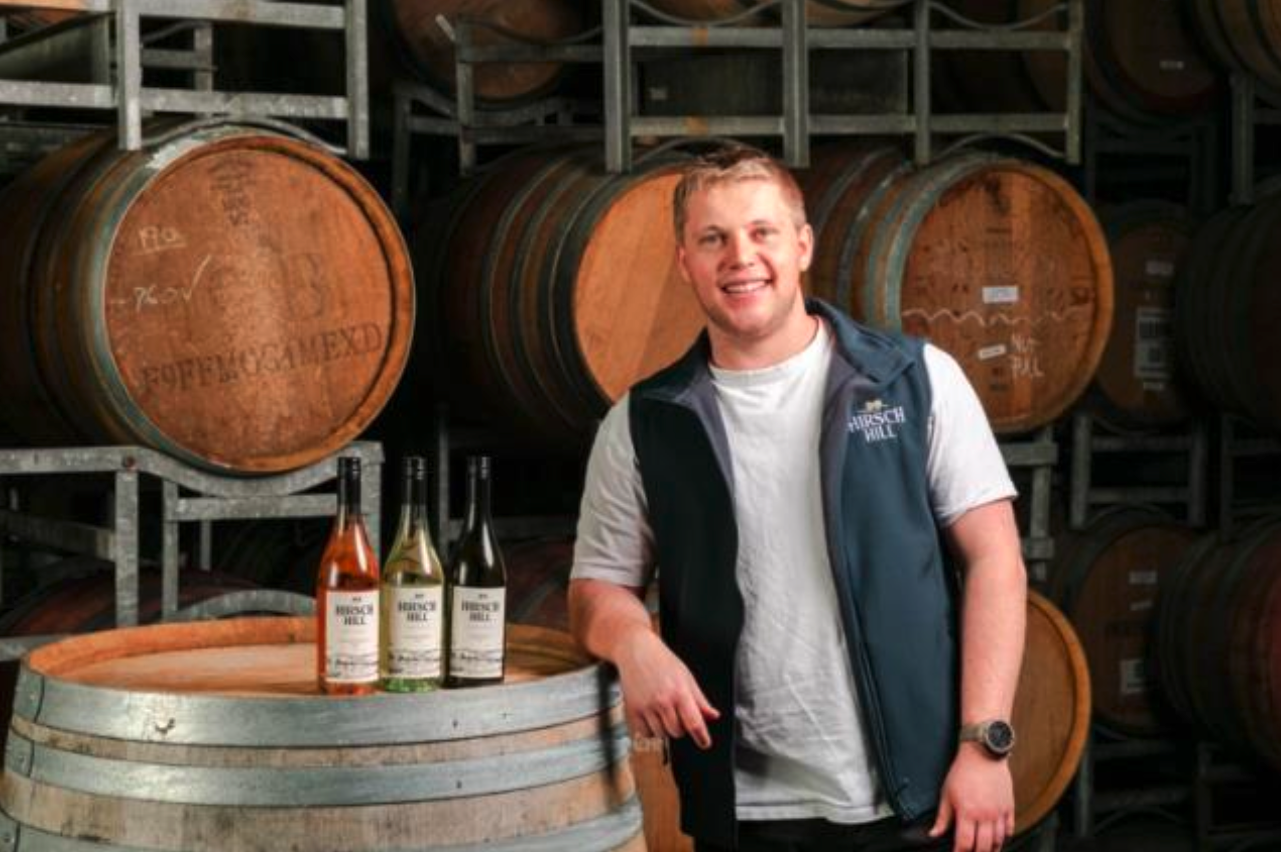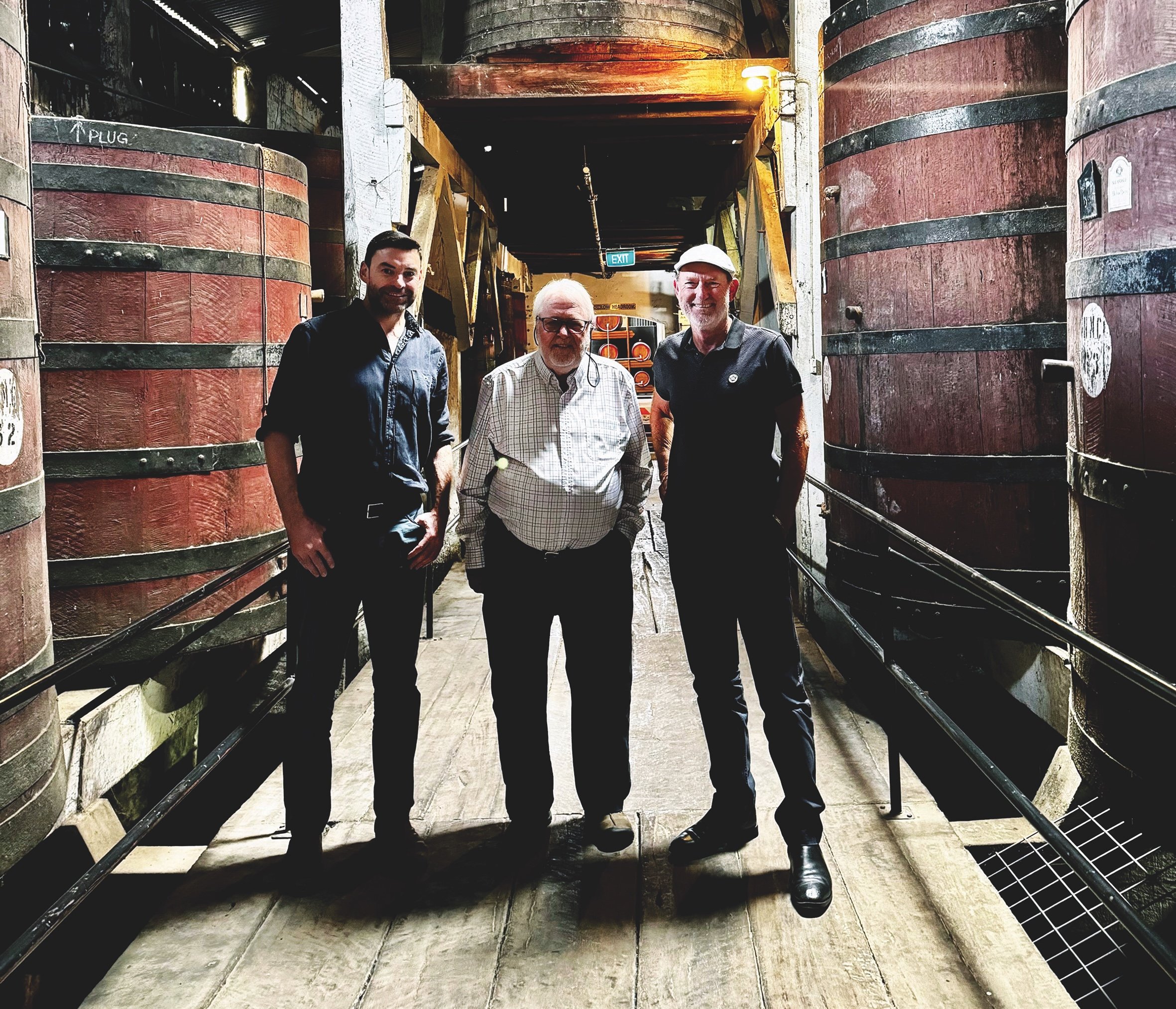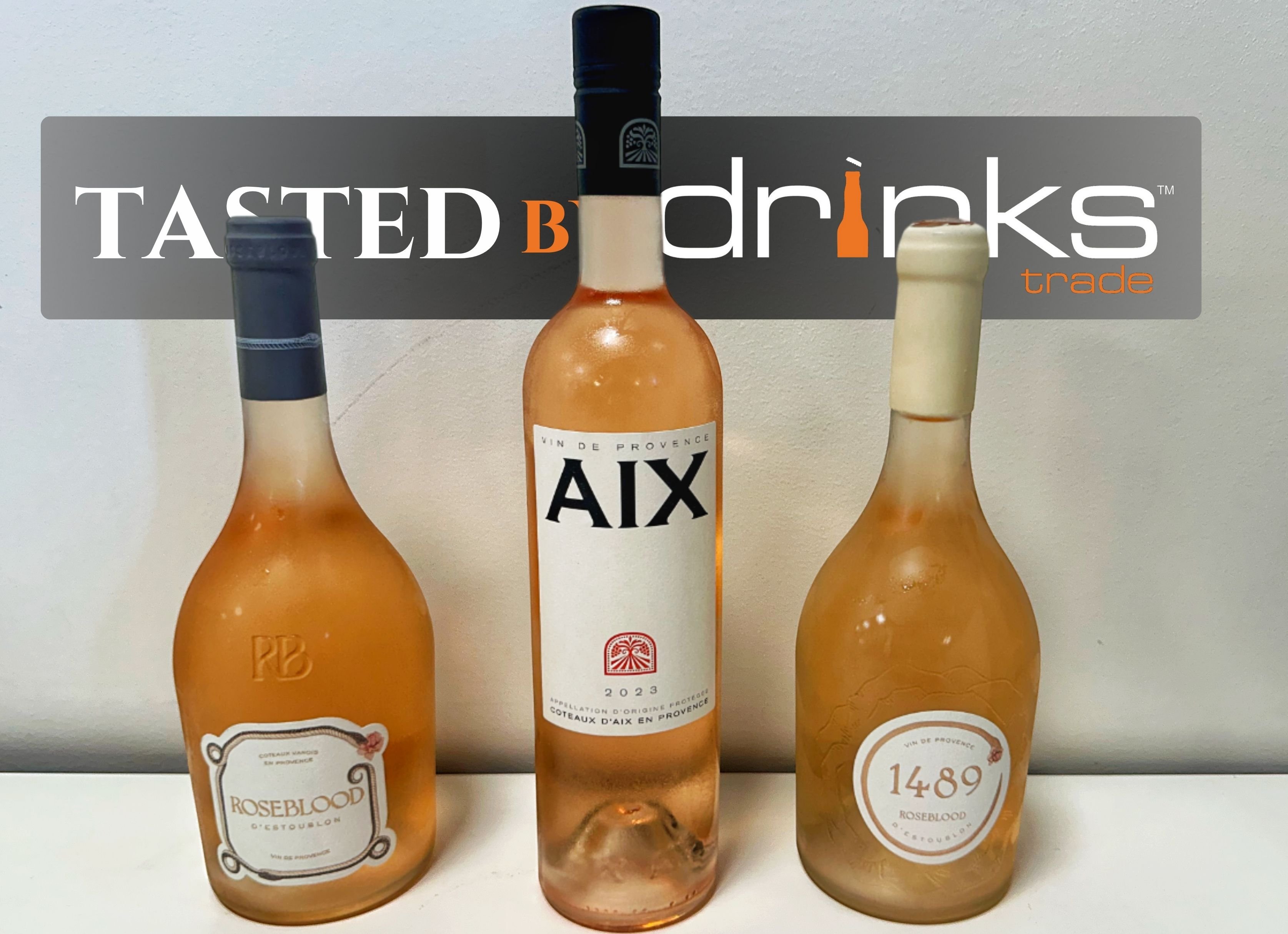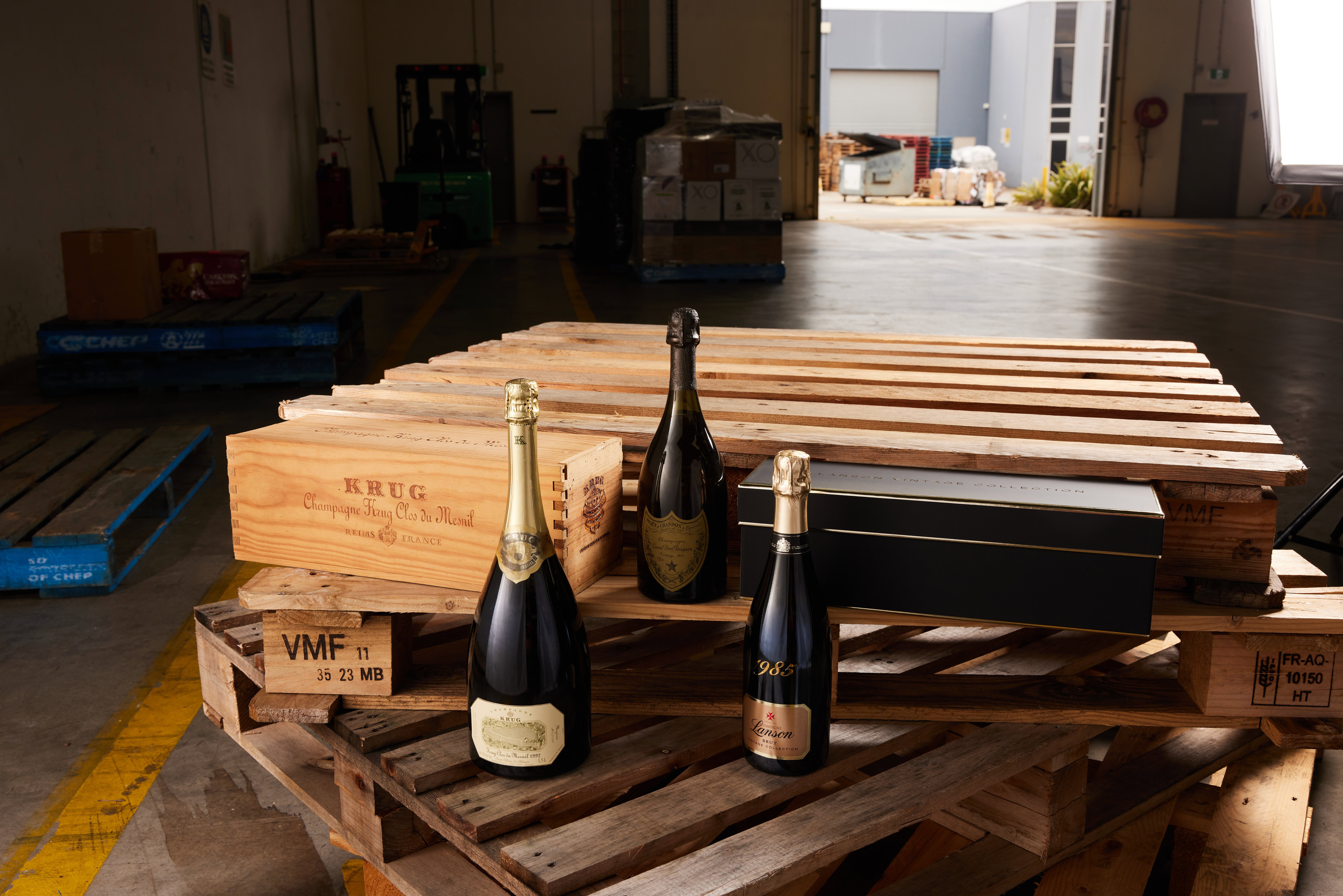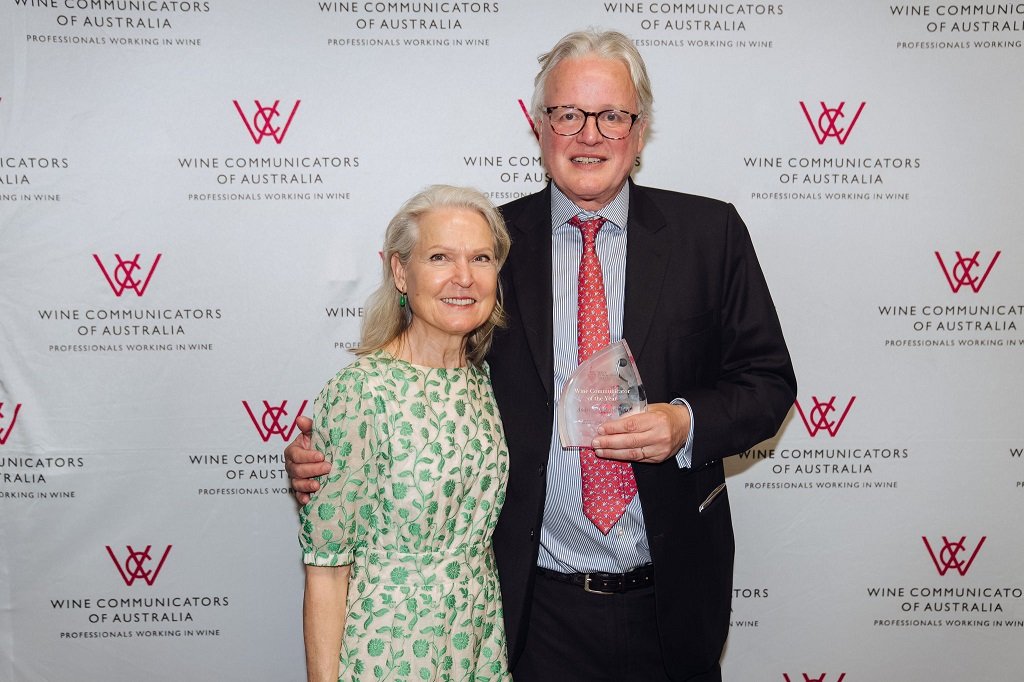India is raising a toast to Australian wines like never before. Walk into any one of a number of premium restaurants in cities such as Mumbai, Delhi or Bengaluru and you’re sure to find customers enjoying an Australian red, white or rosé.
Already the leader in the imported wine market with a 44 per cent share, the Australia-India Economic Cooperation and Trade Agreement (AI-ECTA) cements Australia’s position ahead of key competitors, Italy, France, and Chile.
India’s first trade agreement with a major wine-exporting nation hands Australian exporters unmatched potential in its emerging market.
Under the agreement, Australian wine priced at US$15 per bottle or more has had the 150 per cent tariff reduced to 75 per cent. This will reduce annually over 10 years with a final tariff rate of 25 per cent. Mid-range Australian wines also benefit. Tariffs on wine priced between US$5-15 have fallen to 100 per cent and will decrease to 50 per cent after 10 years.
This is a game-changing opportunity for Australian wine in the premium segment. Now more price competitive, Australian exporters have a first-move advantage with India’s middle classes, who increasingly look for premium wines. This will help build loyalty at a critical moment in the development of India’s wine market.
South Australia’s Torbreck Vintners is one exporter already benefiting from the competitive advantage AI-ECTA’s tariff reductions provide. The end price of its premium Barossa wines dropped 8 per cent making Torbreck more accessible to Indian consumers.
Another benefit of AI-ECTA is the most favoured nation clause. This future-proofs Australian exporters by ensuring any preferential tariff treatment that may be afforded to other countries in free trade negotiations with India will automatically be applied to Australian wine.
The agreement is already increasing interest in Australian wine, and we are seeing more entrepreneurs in India who want to start importing. Australian producers seeking to grow and diversify by taking advantage of AI-ECTA need to be ready to play the long game. Doing your research, fostering connections and telling your story is the core of success.
Understanding India’s emerging market
Understanding India’s emerging wine market is the first step. Despite having the world’s third largest alcoholic beverage market, wine is a relatively new category in India. Over the past two decades India’s palate for wine has grown and is projected to increase by 8 per cent over this year and again in 2024.
The rise is driven by India’s growing young, worldly middle-class who look for premium food and drink experiences, with wine increasingly the drink of choice. Women, in particular, are emerging as a key customer segment.
Wine has found success among the cosmopolitan demographics of Mumbai, Delhi and Bengaluru, and is showing growth in regional areas. The market is dominated by still reds followed by still whites, with shiraz blends, chardonnay, and shiraz most popular respectively. Rosé is rising star as it pairs with local cuisines.
Establishing market connections
The key to success in India is strong connections on-the-ground. Australian producers need to visit India to get a first-hand appreciation of the cities, infrastructure, retail outlets and regulatory environments. It’s also important to build personal connections with importers and other industry stakeholders. Trade events, like ProWine, are a great opportunity to engage with importers, as well as hospitality and consumer groups.
Austrade’s in-market specialists can help with information on market regulations and trends, promotional events and can aid in business matching. Fourth Wave Wine worked with Austrade to enter the Indian market. In 2022, Forth Wave’s export manager joined an Australia-India Business Exchange (AIBX) Mission learning about the market first-hand by meeting industry players.
Armed with market knowledge and connections, the Newcastle-based company’s Elephant in the Room pinot noir and chardonnay offering is now in India, trialling a smaller 375ml bottle to cater to lower consumption rates.
Telling your story
Australian brands should use their marketing to educate Indian consumers and build a wine culture. Messages that make wine less intimidating and more approachable will gain favour among India’s curious consumers. The high uptake and use of social media among India’s young middle class makes digital platforms ideal to increase brand awareness.
Tapping into shared cultural activities, like cricket or tennis, is another strategy to get your brand noticed. Jacob’s Creek found success as the official partner of the 2021 ICC World Test Championship Final between India and New Zealand.
With AI-ECTA providing unmatched access to India’s premium wine market, now is the time for Australian producers to pop the cork on an India export journey.
As Austrade’s Trade and Investment Commissioner in India responsible for food, beverage and agribusiness, John Southwell and his team work to further the interests of Australian wine exporters in the Indian market and take advantage of the opportunities that AI-ECTA presents, and to the foster connections needed to launch and grow in the market.
Share the content
